Nature reports
Page 1 of 69 - 684 Results
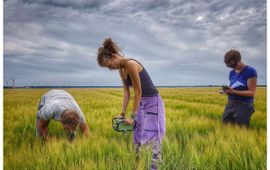
The less intensively you till the soil, the better the soil can function. Such as not ploughing as often or using more grass-clover mixtures as cover crops. These are the conclusions from a research team led by the Netherlands..
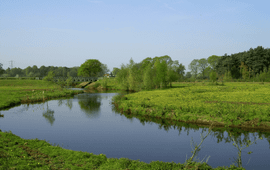
After a winter that was slightly drier than usual, the extremely dry spring is putting the Dutch water system under pressure. Groundwater levels have dropped significantly below the normal level for this time of year in many..
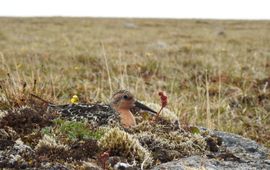
Many animal species become smaller or larger in recent decades, with climate change often mentioned as a cause. Red knots, shorebirds travelling ten thousand kilometers every year between breeding grounds in Arctic Russia and..
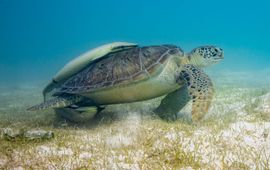
The results of recent research reveal both the vulnerability and the surprising resilience of tropical seagrass, despite the growing threats posed by climate change. Led by Fee Smulders from Wageningen University & Research,..
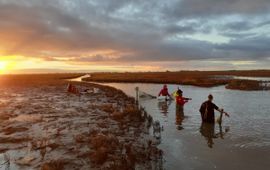
For five years, more than 20 researchers acquired new ecological knowledge about the subtidal nature of the Wadden Sea, an often understudied but important part of this ecosystem. The projects Wadden Mosaic (Waddenmozaïek) and..

Last week, 160 researchers and conservationists of European butterflies and moths met in the Netherlands to exchange latest insights on population trends and knowledge about threats and measures for protection. Although there are..
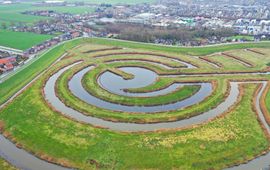
Nature-based solutions are gaining ground as effective and sustainable answers to societal challenges, such as water management, biodiversity restoration, and climate adaptation. Research shows that successful implementation..

The wood of every tree is different. Promovenda Vicky Beckers from Naturalis and Leiden University worked on ways to better distinguish between different wood species. This is important for our understanding of plant evolution,..
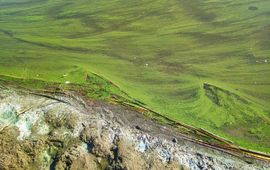
Every summer there they are again, blue-green algae. Why are they a problem, are they getting worse with climate change and what can we do about them? These are questions that over the past few years the Netherlands Institute of..
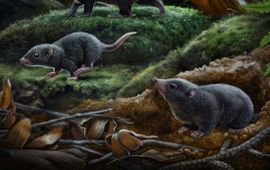
For a long time, we didn’t know, but now they must finally show their true colors: early mammals had dark brown fur. This discovery was made by an international team of researchers, including Liliana D’alba from Naturalis..
